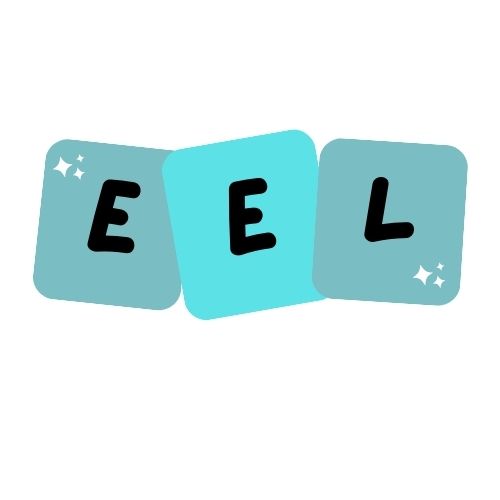There are numerous ways to nurture young children’s creativity and imagination skills. And unleashing this creativity and imagination is one of the most valuable gifts we can offer as parents and educators. Tanya and Tanmay, learned from Aaliya‘s school conference how resources can foster kids’ creativity and imagination. Building block sets were the main attention grabber for Tanya and Tanmay. The different variety of blocks amazed them.
The conference showcased building blocks as an exceptional tool for creating, designing, and dreaming with endless possibilities. In this post, we’ll explore how Tanya and Tanmay learned to use diverse building blocks to inspire children’s creativity.

Young children’s creativity and imagination skills: Building blocks
Limitless Architectural Adventures:
The school invited the children to the parent conference to accompany their parents. Aaliya, the educator, invited Sophie and a few of her friends to engage with building blocks. She instructed each of them to use the given blocks to create something they would like. Children’s building blocks varied in shapes, sizes, and materials, enabling them to create anything from skyscrapers to cottages. Furthermore, a child was observed borrowing a few foam blocks from a friend to add to his city structure. This way he showcased his creativity in building his city space. Tanya and Tanmay were amazed by how these building blocks teach children to balance, symmetry, and design through exploration.
Fantasy world and storytelling:
Next, Aaliya invited each child to come up and narrate the ideas behind their architectural creations. Sophie made three different houses using various kinds of blocks. Later, she shared how her architectural pieces were inspired by “The Three Little Pigs” when explaining. Every child came up with either their own imaginative structure or some inspirational construction. Tanya, Tanmay, and other parents were amazed by the children’s skill to turn thoughts into tangible creations. Parents recognized the value of letting kids express thoughts, aiding adults in grasping their imaginative world.
Collaborative creation and social skills:
At the demo, parents saw kids’ resourceful engagement and its positive impact on development. However, a small incident during the demonstration also struck Tanmay. Two friends building skyscrapers began discussing and appreciating each other’s ideas, observed by him. Friend A suggested that they should combine their projects to create a big city. Through their collaboration, they exchanged ideas, communicated with each other, learned to be patient, and worked as a team. This prompted Tanmay to plan family-building sessions for all four to collaborate on a project.
STEM Learning through Inventive Designs:
After the demonstration, Aaliya explained the concept of STEM (Science, Technology, Engineering, and Mathematics) to the parents. She emphasized that there are various ways to target STEM development in young children, including activities and resources. However, building blocks are one of the most effective tools to introduce and explain STEM concepts to young children. Aaliya suggested parents introduce building block sets at home to challenge children with creative constructions like bridges and vehicles. She emphasized that building structures, alone or with adults, impart science, engineering, and problem-solving skills crucial for academic success.
Open-ended exploration and free play:
Aaliya introduced the parents to the diversified assortment of block sets right from classic wooden ones to modern magnetic ones. These various blocks share a trait: limitless opportunities for unstructured play without constraints, fostering creativity. Aaliya clarified that such play nurtures kids’ skills like thinking, deciding, and, crucially, boundless imagination.
Tanya and Tanmay’s learning from the conference:
- Building blocks fuel kids’ creativity amid competition in the innovative world.
- As structures rise, children’s play becomes dynamic, fueling imagination and cognitive growth..
- From constructing architectural marvels to weaving intricate stories, blocks aid in unleashing a child’s potential.
- Simple toys unveil STEM concepts, preparing future innovators with problem-solving skills.
- Collaboration hones teamwork, communication, and idea-sharing in children’s growth journey.
- Through this unstructured exploration, children cultivate essential life skills like decision-making, independent thinking, and problem-solving.
- Blocks cultivate cognitive and academic skills like sorting, stacking, measuring, and communication simultaneously.
Disclosure: This post may contain affiliate links. If you take action (i.e. make a purchase) after clicking on one of our Amazon affiliate links, we’ll earn some money at no extra cost to you. And we promise to make this money work in order to continue generating valuable content for you. Support us so we can support you back.


One response to “5 ways to Nurture young children’s Creativity and imagination skills”
Three things I loved about this content:
1. The article flows really well and looks like a story (easy to understand)
2. The benefits listed in the article are simply eye openers
3. I was literally visualizing myself to be the character experiencing the conference… please continue writing more content like this